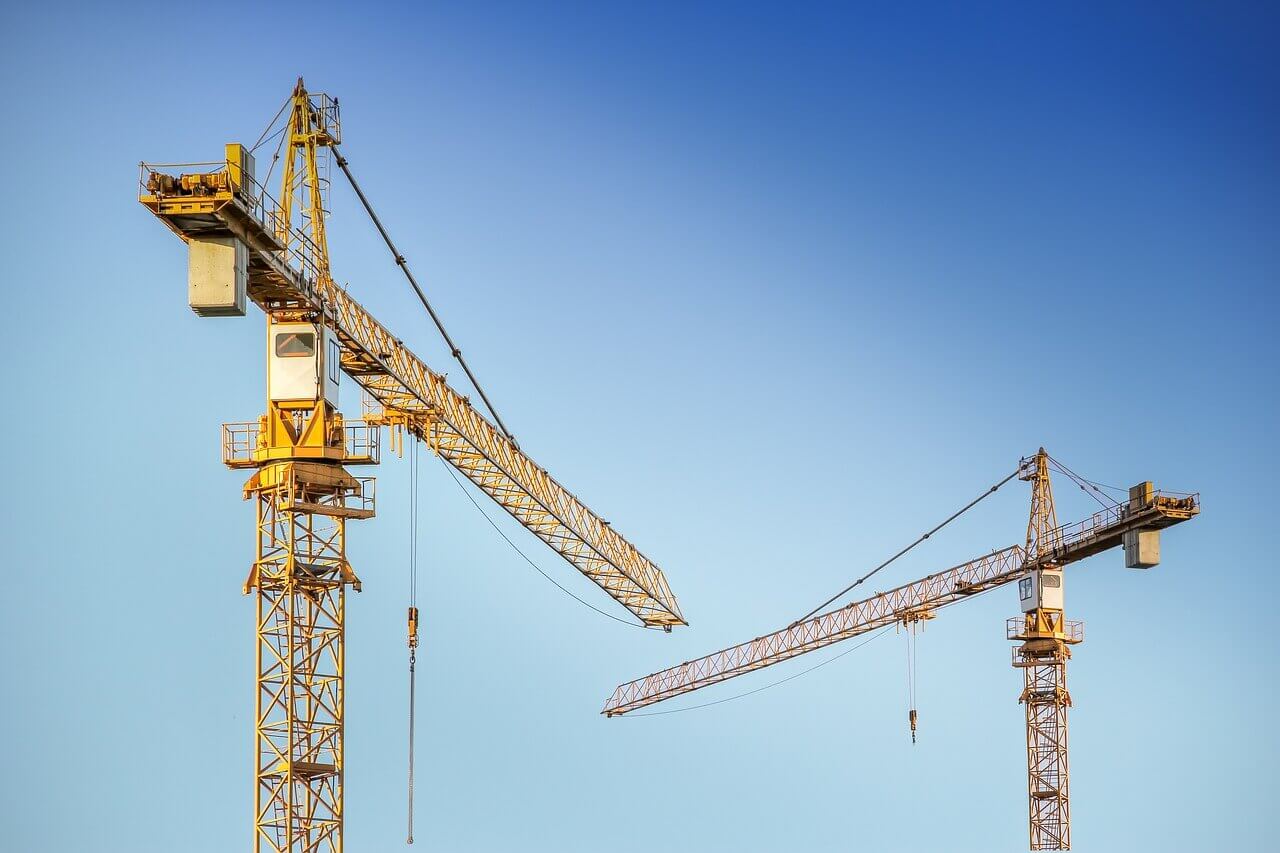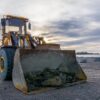Lifting Equipment Guide – 7 Tips on Hoist Rigging and Operation
Lifting Equipment Guide – 7 Tips on Hoist Rigging and Operation –
The construction industry in Australia relies heavily on hoisting machines such as cranes, ropes and pulleys. This means that knowing how to operate these machines is an excellent career choice. However, there are many safety precautions one must take when operating lifting equipment. Professionals are needed to properly rig these hoisting machines to optimize the lifting operation and to ensure they’re safe to work with.
Today we’ll be giving you seven tips on hoist rigging and how to safely operate these machines. Keep reading to find out more about lifting safety and operation.
Check out the Lifting Equipment Guide – 7 Tips on Hoist Rigging and Operation:
1. Training Your Staff Is Crucial –
Injuries relating to incorrect operation and rigging can be avoided if you train your staff correctly. It’s a requirement in Australia to properly train staff on how to operate lifting machines and how to safely rig them.
On the other hand, you can hire staff that knows exactly how to operate hoisting machines. Nevertheless, it’s still important to show them the ropes, so to speak, before they start working.
Also Read – 6 Interesting Facts About Front Loaders and Why Every Construction Company Needs One?
2. Personal Protection Equipment Requirements in Australia –
Before your staff can begin to start lifting items off the ground they must have the required safety gear on. Here is a list of personal protection equipment required when operating hoisting machines:
- Hard hat: To prevent injury from overhead impact
- Eye protection: All staff on site must wear protective goggles with side shields to prevent dust, stones and debris from flying into their eyes
- Thick protective gloves: Staff must wear gloves when handling materials with sharp edges
- Protective footwear: Heavy-duty boots with toe caps are worn to protect feet from falling objects
- Respiratory protection: Face masks are used to prevent staff from breathing in dust, silt, ash and other hazardous debris that can cause health problems
It’s essential that with all lifting equipment Melbourne businesses must use safety equipment to protect their staff from getting injured on site. Ensure you provide protection for your staff because this is the standard requirement for employees that operate in high-risk areas. You don’t want legal issues and it’s your responsibility to keep your team safe.
3. Checks Before Operating Machinery –
All operators should do full checks before working with lifting equipment. This is to identify potential hazards that can cause accidents. Ensure hand hoists and lever tools aren’t out of date. Inspection on hooks, synthetic straps and chains should be done to make sure they’re in excellent working condition.
The safety labels and warning signs must be visible on all lifting equipment & there must be no oil leaks around the hoisting chains or ropes. Once your inspection is complete, test run the hoist with no load attached to check the operation of the machine.
There must be no lagging or power shortages when operating lifting equipment. If you are experiencing problems with the operation of the machine, you must report it immediately to your supervisor.
4. How to Conduct Safe Operations –
Poor rigging and overloading your lifting equipment can have serious consequences. Check what capacity the lifting machine can handle to prevent overloading it. Additionally, it’s important not to lift a load you don’t know the weight of.
Materials typically have their load weights written on them so operators are always aware of the weights they are lifting. If you’re unsure what the weight of the load is, you can use a load monitor to assist you.
5. Rigging Safety –
It’s crucial that you use the proper rigging techniques when lifting your load and this is why training the operator is important. There are rigging handbooks that should be on hand at all times in case an operator needs to refer to them.
There are hand signals that operators must know in case of an emergency such as overloading or faulty lifting equipment. For safe rigging, pre-plan the operation to avoid accidents and to optimise the lifting process.
6. How to Rig Lifting Equipment –
Follow these steps to properly rig your equipment:
- Upper suspension and the load hook must form a straight line
- The structure of the hoist and chain mustn’t come into contact with the load
- Never put loads on the tip of the hook
- Utilize slings to rig around loads and lifting points for attachment
- Don’t lift loads over people or work under a suspended load
- Always land your load and don’t leave suspended loads unattended
When the lifting job is complete place the equipment in a location that won’t interfere with staff or other construction equipment on site.
7. Consider Using a Lifting Director –
A lifting director is someone who is assigned the duty of directing the load handling activity. This person is responsible for the lift plan as well as keeping staff and equipment safe. Appoint a lifting director to handle the success of the lifting activity and optimize workflow & safety.
Conclusion –
We hope these seven tips helped you with how to manage your lifting operation. Are you part of a team of hoist operators? What are your processes? Let us know in the comments below. We are always happy to hear from our readers.
Also Read – What are the Features of Excellent Construction Inventory System?





